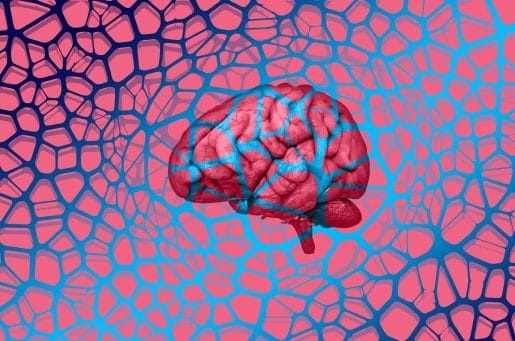Lysergic acid diethylamide, or LSD, is a potent hallucinogen that alters the perception of reality and triggers altered behaviors. At Baylor College of Medicine, Dr. Daoyun Ji and his colleagues hope that studying the drug will reveal new perspectives into how the brain generates behavior.
“Our lab is investigating how LSD influences brain activity,” said Ji, professor of neuroscience at Baylor. “By studying how the drug works in a rat model, we hope to gain insights into the neural mechanisms that mediate behavior.”
Ji and his colleagues took a close look at the animals’ behavior and their simultaneous brain activity with and without LSD, as the rats were running in a C-shaped track they were familiar with. The researchers recorded the number of laps the animals ran on the track and how fast they ran.
To measure brain activity, the researchers recorded the brain cells’ electrical spiking patterns in real time in two brain areas, the hippocampus, which is important for learning and memory, and the visual cortex. “This would give us a measure of what was going on in the brain,” Ji said.
LSD changes behavior and spiking activity
Ji and colleagues found that the animals receiving the drug ran fewer laps and moved slower than those without LSD. At the same time, the overall spiking activity of the hippocampus and visual cortex neurons was greatly reduced in the animals that received LSD. “That means that when the animal was moving around in the track, the neurons generated fewer pulses, which probably affected the clarity of their guiding brain ‘map,’” Ji said.
While an animal is navigating an environment, its brain naturally develops a ‘map,’ a way to know where it is and how to go from point A to point B. This map allows the animal to remember the place and guides future navigation in the same space. The hippocampus and the visual cortex work together to create the map. Animals and people naturally look at their surroundings to know where they are. The visual cortex processes this information and sends it to the hippocampus to create the map.
The researchers found that LSD had changed the spiking patterns that sustain the map, including what gives the animal direction, and the communication between the visual cortex and the hippocampus.
We propose that LSD makes the brain map fuzzy,” Ji said.
In addition, Ji and his colleagues were surprised to find that the animals receiving LSD had more periods of inactivity in the track.
“These periods of inactivity triggered by LSD are like the normal transition from being awake to going to sleep,” Ji said. “It suggests that maybe the drug induces a state similar to a half-conscious state in which a lot of dreaming-like activity is happening. More research is needed to enlighten this finding.”
Read the complete study in the journal Cell Reports.
Carli Domenico, Daniel Haggerty and Xiang Mou, all at Baylor College of Medicine, also contributed to this work.
This work was supported by grants from the US National Institutes of Health (R21DA041857, R01MH106552 and R01MH112523).


